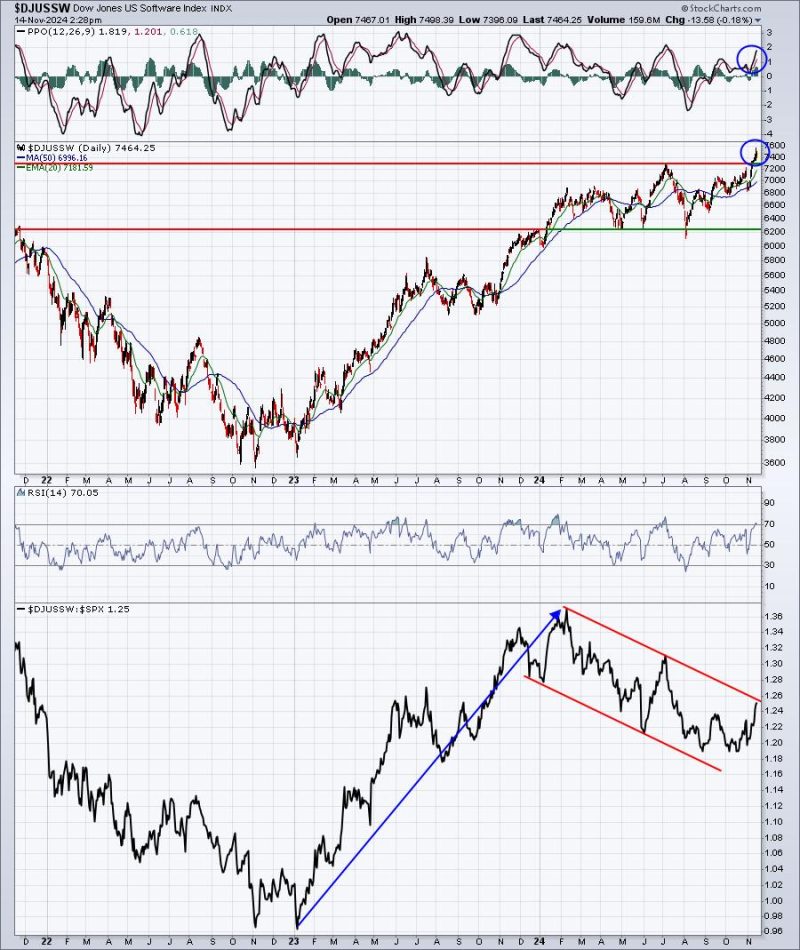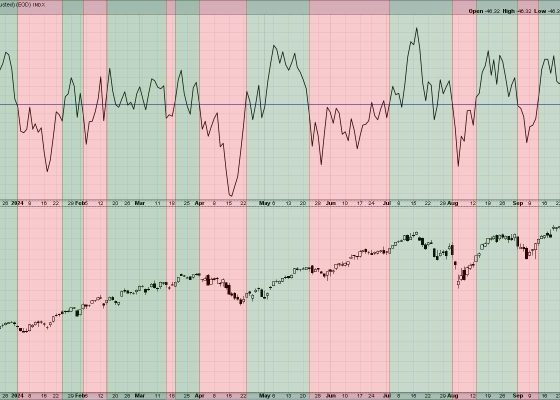The Financial Industry: The Imminent Leader of U.S. Equity Markets
The financial industry is currently experiencing a surge, with analysts predicting that it is set to lead the U.S. equities higher. This ascent can be traced to several key factors that collectively contribute to this industry’s powerful breakout.
One of the essential factors underlining this assessment is the significant influx of investment into financial frim across the U.S. Many investors, previously focused on sectors such as technology and energy, are diverting their strategic focus and financial resources towards the financial industry. This shift is indicative of the stakeholders’ confidence in the sector’s robust performance and burgeoning opportunities. The growing interest of investors showcases the potential for the financial industry to surge in its equity standing.
Secondly, the economic recovery from the COVID-19 crisis has played a pivotal role in the breakout of the financial industry. The strong rebound of the U.S economy reflects an increase in loan demand, consumer spending, and business activities. The reestablishment of these core economic activities links directly to the banks’ primary revenue sources. As such, the improved economic climate positively impacts the financial sector, leading to an escalation in the industry’s equity performance.
The third influential element relates to the current policy environment. The Federal Reserve’s monetary policy, characterized by below-zero interest rates to stimulate economic activity amid the pandemic, proved to be salutary for financial institutions’ earnings. The anticipation of an eventual interest rate hike – predicated on economic recovery – is also a significant factor driving the financial industry’s growth. The prospect of higher interest rates is envisioned to expand banks’ interest income and bolster their profitability, thus leading to an increase in sector’s equity value.
Another key component supporting the financial industry’s breakout is innovation and digitization. The adoption of financial technologies (fintech) by banks and financial institutions has amplified their efficiency, productivity, and customer reach. This adaption has made investing in financial firms an attractive proposition for equity investors, thereby contributing to the industry’s explosive growth.
The recent spate of corporate results also brings attention to the financial industry’s ever-increasing strength. Many large banks and financial firms reported higher-than-expected earnings for the recent fiscal quarter, evidence of robust operational capabilities. These sterling outcomes heighten investors’ optimism, reaffirming the industry’s outlook and making it a prime player in leading U.S equities higher.
Lastly, regulatory tailwinds complement the other factors influencing the industry’s upward movement. Regulatory agencies have introduced more flexible rules and principles, giving leeway for banks and financial institutions to handle their operations and risk management strategies more efficiently. This, coupled with indications from the Federal Reserve about relaxing the Volcker rule limitations, allows for substantial profit-making opportunities and boosts the equity prominence of financial industry firms.
In summary, the financial industry’s notable breakout and its future as the leader in U.S. equities are underpinned by a combination of investor confidence, economic recovery, a favorable policy environment, industry innovation, impressive corporate results, and regulatory tailwinds. Based on these compelling factors, the industry’s recently experienced breakout will most likely continue to pave the way for high U.S equity performance.










